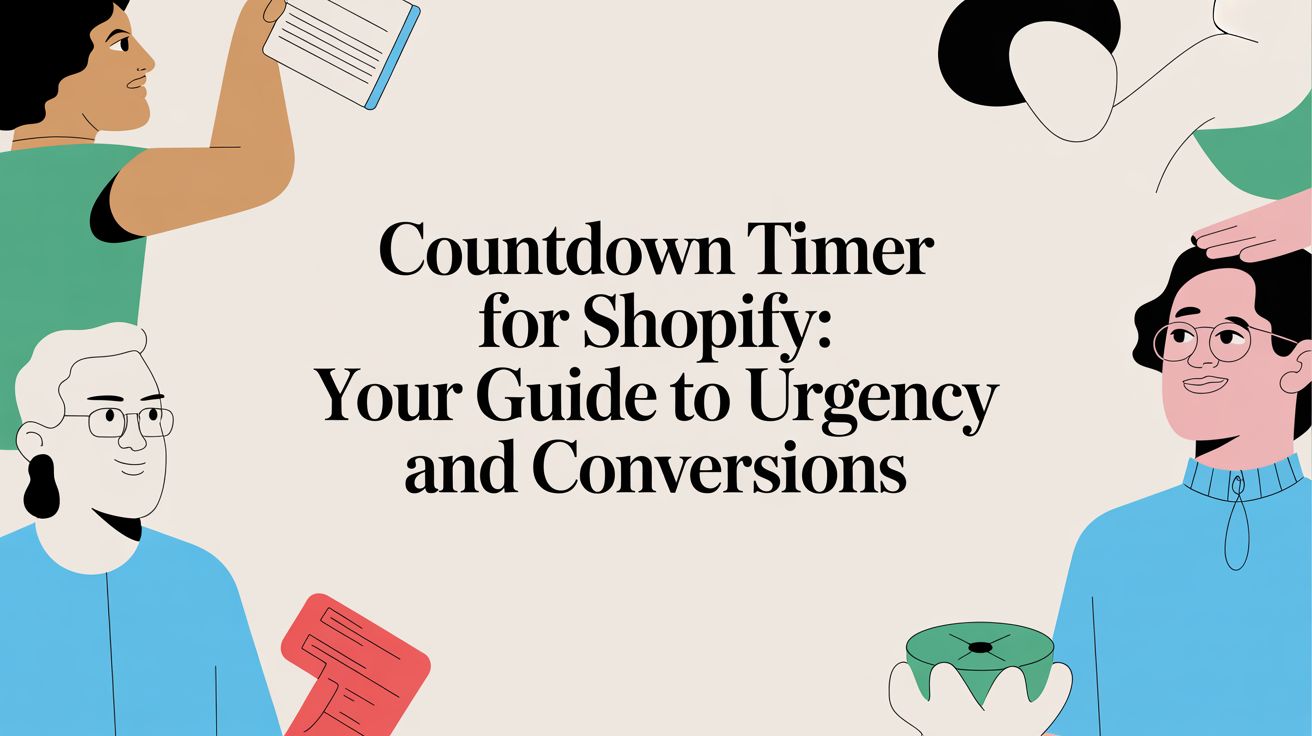
The consumer problem known as "choice overload" — and how your brand can help

What happens when consumers feel brands are offering too many valuable options? While this might sound like a good problem to have, brain science says otherwise. Psychologists refer to this as "choice overload," and it can have a major impact on how consumers make decisions.
Jorge Barraza, Ph.D., professor of consumer behavior in the online Master of Science in Applied Psychology program at the University of Southern California, broke down choice overload and how it affects consumer interactions with brands.
Here are the key takeaways from our conversation:
How choice overload appears in the consumer journey
To best understand what choice overload is and its psychological impact on consumers, you have to start with a clear view of how consumers typically like to make decisions.
“Choice overload is a paradox of sorts. As humans, we feel like we want more choices, but when it comes down to it what you find is that with the more choices there are, there is less willingness to act,” Barraza said. “Humans desire simplicity, they desire less clutter so anytime where there is a greater degree of uncertainty, that’s going to bleed over into the decision process.”
This psychological stressor can happen in any instance where a consumer has faced too many choices and not enough clarity. Simply going into a store or reading lengthy menu options can send consumers into a tailspin if they aren’t sure what decision they should make.
“Think of the last time you chose a paint color for your living room or a new piece of furniture. You walk into a Lowe’s or Home Depot, and there are massive walls filled with options. There are dozens of whites and grays, and you simply don’t know what to pick,” said Barraza.
To alleviate some of that uncertainty for consumers, you can reduce the choices your brand offers them — especially those with attributes that overlap significantly. Let’s take the paint color scenario as an example. If a consumer has their heart set on white walls for their living room but has to choose from various shades of white to reach a decision, the stress brought on by looking at an eggshell, ivory, cream and opaque paint swatch might cause choice overload.
However, if a consumer was interested in buying a burger from a fast-food restaurant, being able to narrow their options based on things like ingredients, a particular chain or the amount of food can help make the decision easier. If the differences are significant enough, consumers can rely on them to keep choice overload at bay.
Another way you can help move the process along, as consumers are comparing and contrasting, is by showcasing the positive qualities your product has to offer. When you clearly state how your product can benefit consumers, you make it that much easier for them to reach a decision they’ll be happy with.
“Highlight the things that should matter most to your consumers, rather than making them try to figure them out. What is it about your products that’s really going to matter to your consumers? What are they really basing their decisions on?” asked Barraza. “Serve as a sage [of wisdom], and simplify the decision that they’re going to make,” said Barraza.
Consequences of choice overload
Choice overload can lead to two things: decision fatigue and anxiety. When this happens, Barraza says consumers might start to default to safer choices, things that are more tried and true, or they might start making impulsive choices.
In either case, choice overload can lead to some pretty negative emotions. Dissatisfaction is one of them. Settling for a well-known product or rushing into a less familiar purchase takes the autonomy out of the consumer’s choice. It no longer feels like a personal decision that aligns with their journey thus far.
But this is if consumers even make a choice to begin with. Too many options can cause major bouts of hesitation in consumers who believe not making a choice is better than being unsure about one.
“Another thing that can happen because of choice overload is inaction. You might have consumers that experience so much fatigue and anxiety that they just give up,” said Barraza.
Choice overload doesn’t just cause issues for consumers. It can reflect negatively on your brand, as well.
“Giving consumers too many choices often ends up communicating [to them] that you’re trying to be all things to all people and you’re not necessarily specializing. So for a brand, there is value in honing in on a specific area and catering to a target audience,” said Barraza.
Choice overload during the consumer journey is often a result of overwhelmed consumers that are unsure about what direction would be best for them. Knowing how to spot the potential triggers and having plans in place can help consumers avoid anxious situations and better their interactions with your brand.

Lindsay Keener is a brand journalist for Quikly. She covers stories that help to inform and educate consumer-facing marketers.

